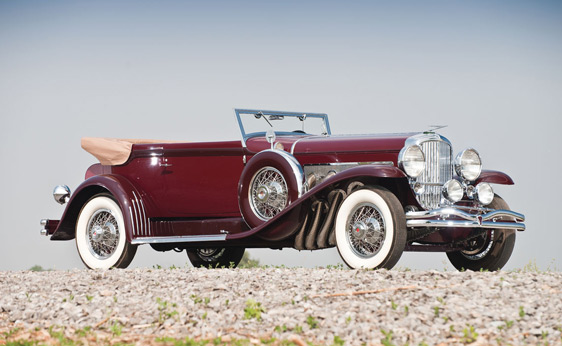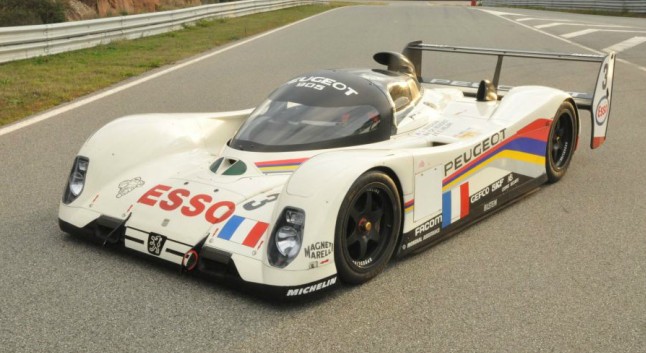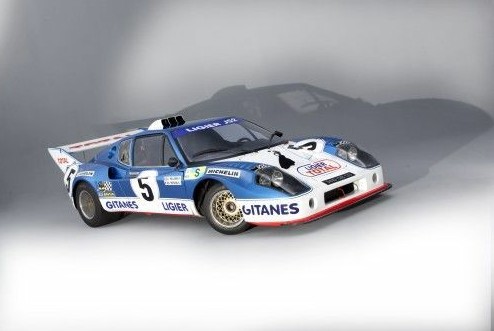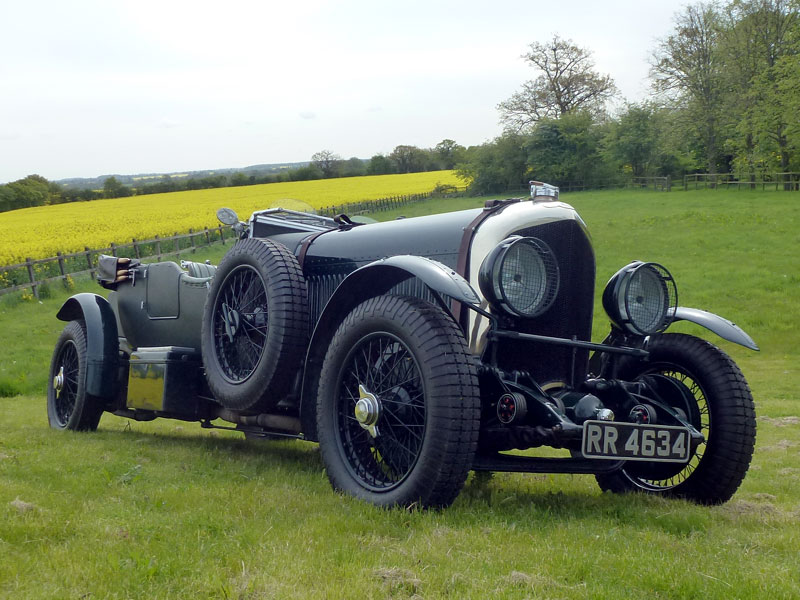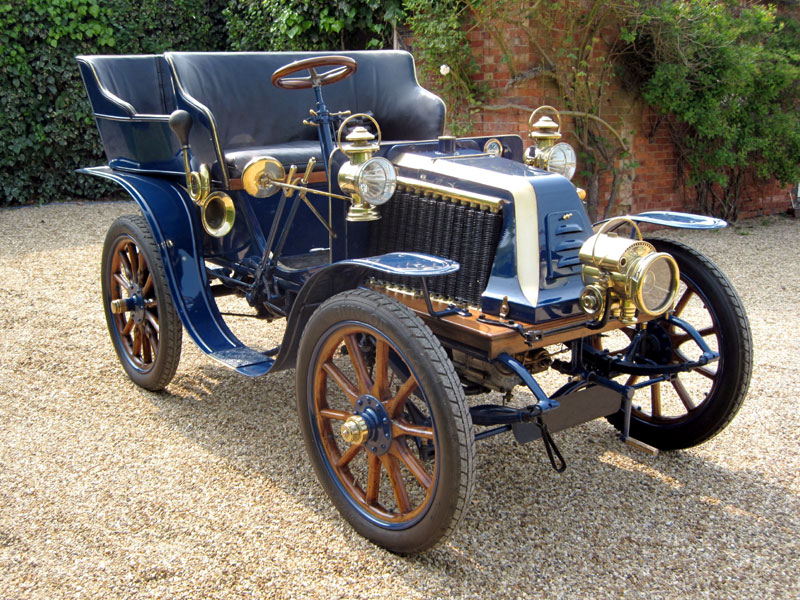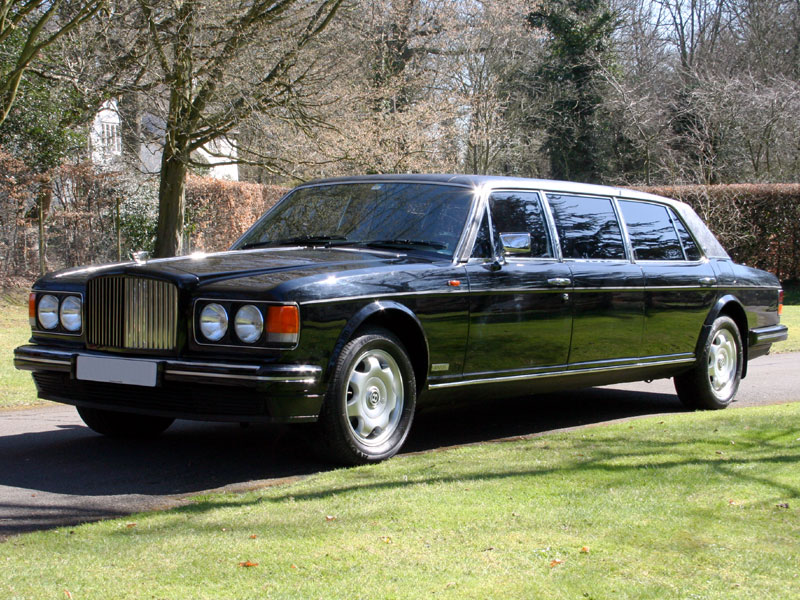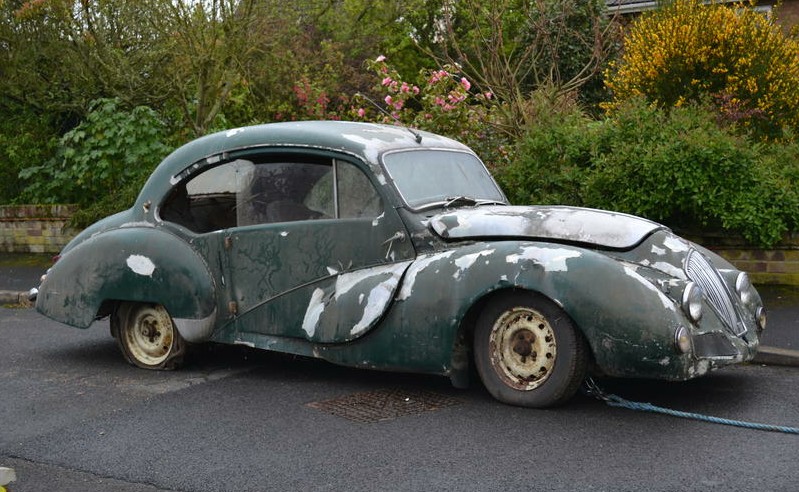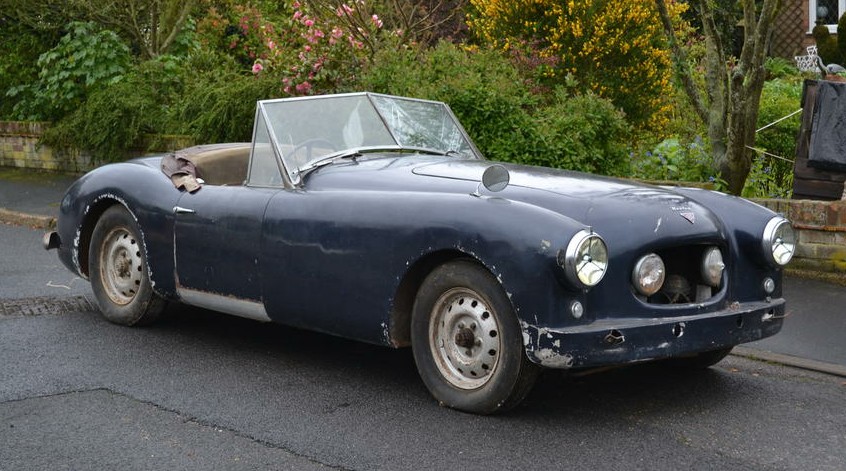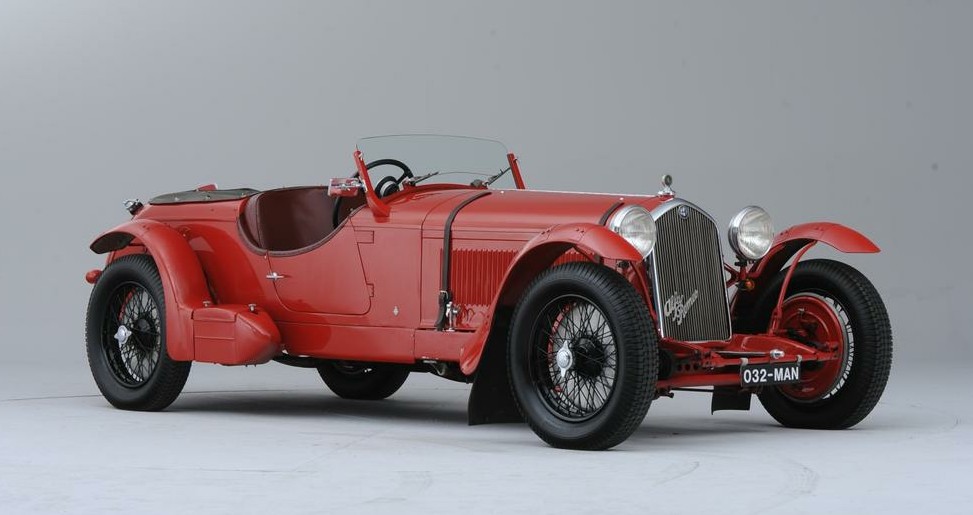1914 Benz 18/45 Four-Passenger Runabout
Offered by RM Auctions | Nysted, Denmark | August 12, 2012

I’ve been trying to feature this car for about three weeks, but other cars kept popping up and I’d slot them ahead of it. But here we go, a pre-Mercedes Benz. Benz is one of the oldest nameplates in the world – okay, the oldest, as its namesake sort of invented this whole “car” thing – the company was founded in 1885. (Yes I realize there are nameplates that can trace their lineage back farther than Benz, but as an internal-combustion automobile manufacturer, they are the first).
This model, the 18/45HP, was produced from 1914-1921, making this from the first year of production. It was available as a sedan or a runabout, as you see here. The 4.7-liter four-cylinder engine makes 45 horsepower. The wheelbase is 133 inches – just four inches shy of the gigantic Ford Expedition mega-SUV. So it really is as long as it looks. And the bordello-like seats are a nice touch.
Benz became Mercedes-Benz in 1926. As rare as pre-war Mercedes-Benz’s are, you see a lot more of them come up for auction than you do any kind of Benz. Estimates are not available for cars at this sale yet, and I don’t have a record of a similar car selling. You can check here to see what it says whenever it is posted and for more information. And click here to see more from this amazing sale.
Update: Sold $370,900.
Update: Sold, Bonhams Scottsdale 2023, $201,600.

